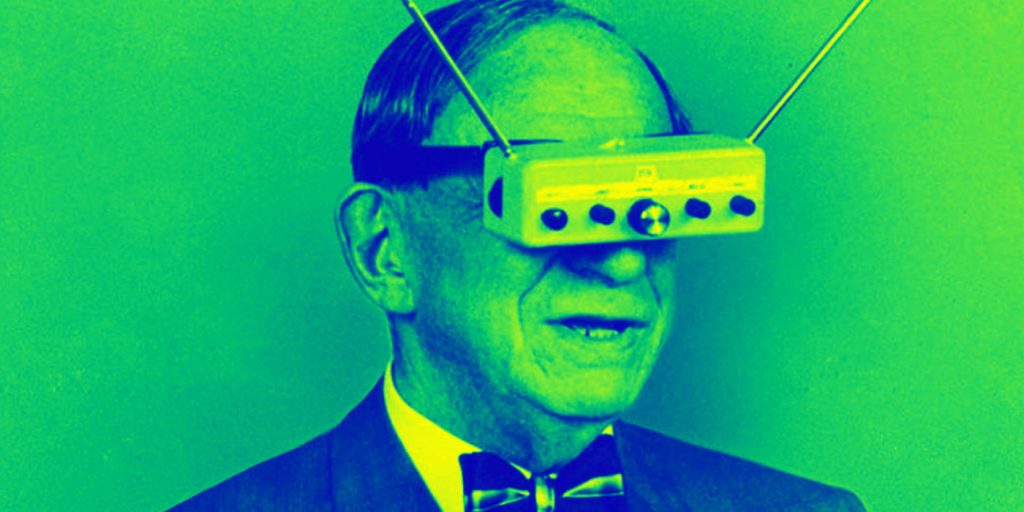Table of Contents
Generally, Virtual Reality is considered to be the technology used only for entertainment and games. However, many brands understand the power of VR and try to use it for marketing purposes. Besides an obvious desire to use this trendy technology, companies have additional compelling advantages such as full immersion, which leads to better remembering and understanding of the message, and deeper emotional contact with the customer.
It must be acknowledged that launching a new product requires a hard work behind the scenes. A long lasting marketing strategy can’t be built in a single day. Some think that choosing creative partners and spending budgets on expensive tech is the only way to succeed during the first launch of the product. But we are going to break this myth and show how to use Virtual Reality with the reasonable budget in your promo campaigns like a pro.
- Types of virtual reality hardware
- Tips on launching the Virtual Reality product Demo
- Examples of using Virtual Reality in Advertising
- Mistakes to avoid with your VR demo
Types of Virtual Reality hardware
Back in 2000’s, the choice of VR hardware was very poor, but now, in 2018, there are multiple devices both mobile, desktop and standalone. The market can offer the suitable solution for any marketing purpose a business might have. And for any budget, which is a crucial part for the whole campaign.
Mobile VR hardware
Starting from $5, mobile glasses for virtual reality are the best tools to get acquainted with this technology. Such devices use smartphones as a screen, showing the virtual world to the user. Below are the examples of such budgeted devices.
Google Cardboard is the most simple and affordable way to try virtual reality. It works by putting your smartphone to a special “goggles” and enjoying the VR experience. The first prototype was made by Google and was actually a cardboard box with primitive lenses. You can even manufacture it by yourself following the instruction.
Although, with the cost of $5, you can get the rather limited experience like rotating around your axis and performing simple actions.
Google Daydream – another one device made by Google aiming to popularize VR. Made from clothes instead of cardboard, this device has better ventilation and less weight. It’s also provided with a wireless controller that is used for interaction with the virtual world.
The advantages of Daydream virtual reality headset are the high-quality image, controller and the wide choice of content, and all this for only $100! The only disadvantage is compatibility with a limited number of Android smartphones. Keep this fact in mind and check it against your users’ base phone gear.
Desktop VR hardware
The next generation of VR hardware gets image processing from an external device. The main players in this market are PlayStation VR, Oculus Quest (Rift), HTC Vive Pro, and Samsung Odyssey. The prices vary from $400 to $600. They all require a powerful computer with VR support except of PlayStation, where it can be replaced by the PS console.
Desktop solutions also differ by the area of usage, for instance, Oculus Quest allow you to move within 2,5×2,5 m, while HTC Vive has a tracking area of 5×5 m.
Standalone VR solutions
And finally, come the solutions allowing to experience virtual reality without any boundaries. They are the all-in-one devices, that produce and show the image without any additional hardware, like powerful computers or consoles. For example, HTC Vivo Focus is fully autonomous and can operate without external sensors. At the same time, Oculus Go has a controller but the price of $199 is beating this fact.
Though not all of these devices are available for purchase for the moment, but you should keep them in mind for your next VR presentation.
How to prepare the VR demonstration for your brand
Now, when you are familiar with technologies, let’s focus on the strategy, another crucial part of the promotion campaign. We prepared a few tips, examples and typical mistakes to avoid when preparing your VR presentation.
Tips on launching the Virtual Reality product demo:
Prepare a heartwarming or a breathtaking story. Storytelling is the most powerful marketing tool that can melt customer’s hearts and make them feel your brands story like their own one. If you have a product to show, 360 video is the perfect way to do it. But don’t forget about the details: voice, audio and video effects, navigation, and hint that make the user look at the desired directions.
Determine the hardware. Choose the most suitable hardware depending on the content you are going to demonstrate, your budget and the place where the presentation is going to take place. The choice must be also based on the depth of experience. If the VR demonstration is interactive, you will also need a person to teach users to navigate.
One more important issue is hygiene. Just imagine the hundreds or thousands of visitors would like to try your demo at a trade show or an exhibition. Consider using hardware that can be easily and quickly cleaned with an antibacterial wipe.
You should also think of creating the same video for another marketing channels like YouTube 360 or Facebook 360 to reach a broader audience, especially those who prefer consuming content at home.
Choose the appropriate length. If you are going to present your product video to a large number of visitors on a trade show consider to make it about 3-5 minutes long. This time will be enough to invite people to your booth and get them excited about your VR content. On the other hand, if your video is meant to be shown at a meeting to a small group of executives, the length might be proceeded up to 20 minutes.
Pick your partners carefully. When hiring a development team for your VR project, consider their experience and the manner of collaboration. If you feel comfortable and always aware of what is going on – it’s a perfect match.
Examples of using Virtual Reality in Advertising
The theory is useful, but the practice is what you really need to feel the power of virtual reality. So, here a few examples of how brands are using this mind-blowing technology in advertising.
Renault decided to let business class passengers feel themselves in future, riding the new car. No more words needed.
Or, the project by Samsung, called #BeFearless helped people to overcome the fear of public speaking.
https://youtu.be/GWkrTrRC2t0
Mistakes to avoid with your VR demo
- Keep your video short, about 3-5 minutes for large public and longer for a small group of targeted people – up to 20 minutes.
- Consider the motion and the reaction to the video. Some people might feel nauseous if not prepared, so don’t use too stunning WOW effects.
- Don’t place object too close to the viewer, it might make a person feel uncomfortable.
- If there is any navigating in your demo – explain it to each viewer to get prepared for the unusual experience. Don’t overestimate with controls, keep it simple.
- Warn your users about some elements that might be frightening or too sudden.
- Design your demo in such a way that it’s impossible to miss some crucial elements if looking the wrong direction.
- Don’t forget the audio part as it enhances the experience.
- Create the deep connection with your brand or product. Make people remember you.
Conclusion
Virtual Reality is too formidable technology to miss it when planning your next product presentation. Since people became demanding, it’s not easy to impress them, but VR is the best way to do it in 2018.





